Contents
What is Cost Per Wear?
Modern shopping habits have historically overlooked the influence of what we wear and how often we wear it. Recently, however, new metrics and perspectives have emerged to promote more mindful and informed purchasing decisions.
Among these are the concepts of ‘cost per wear’, which emphasises the value derived from each garment and ‘impact per wear’, which focuses on the environmental advantages of durable, long-lasting clothing.
Cost Per Wear
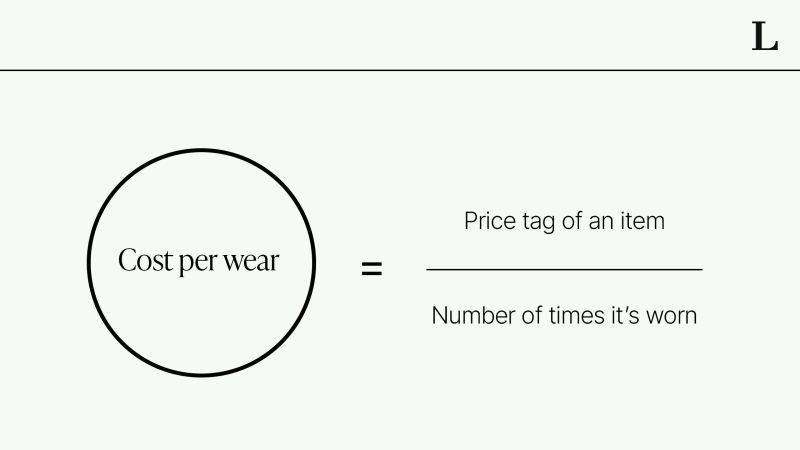
To determine an item’s cost per wear, divide its price by the number of times you either plan to wear it or have already worn it.
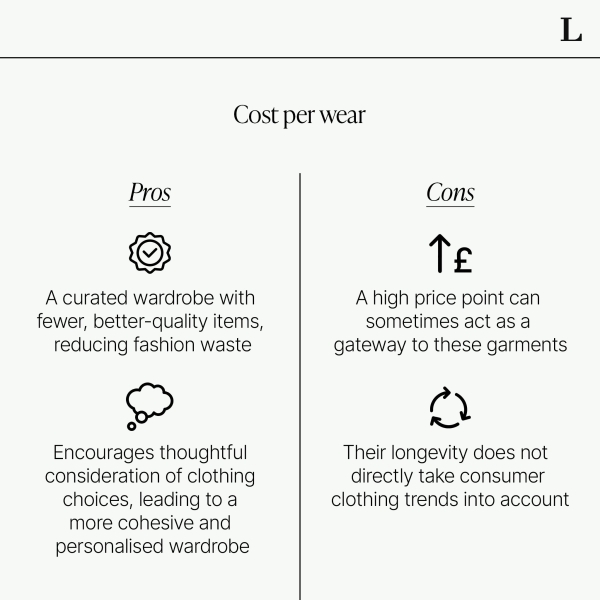
For instance, if you bought a pair of Lounge leggings for £50 and wore them 20 times, the cost per wear would be £2.50. The more frequently you wear an item, the lower its cost per wear becomes.
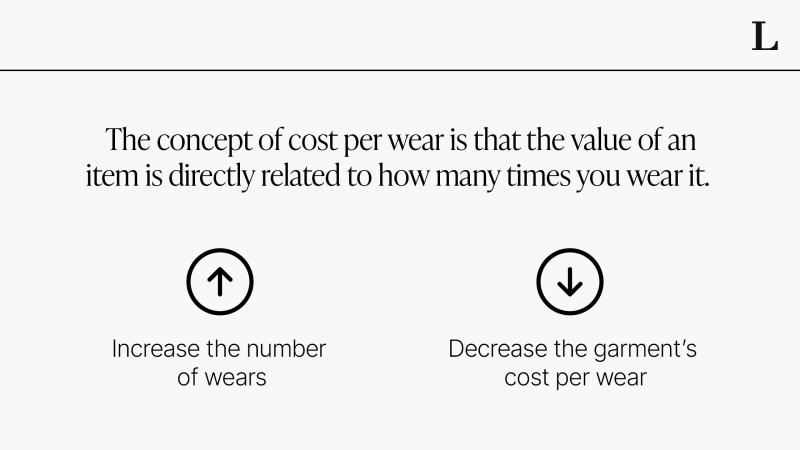
Fast Fashion vs Slow Fashion
Fast fashion is characterised by low prices and minimal wear, which fundamentally conflicts with the concept of cost per wear.
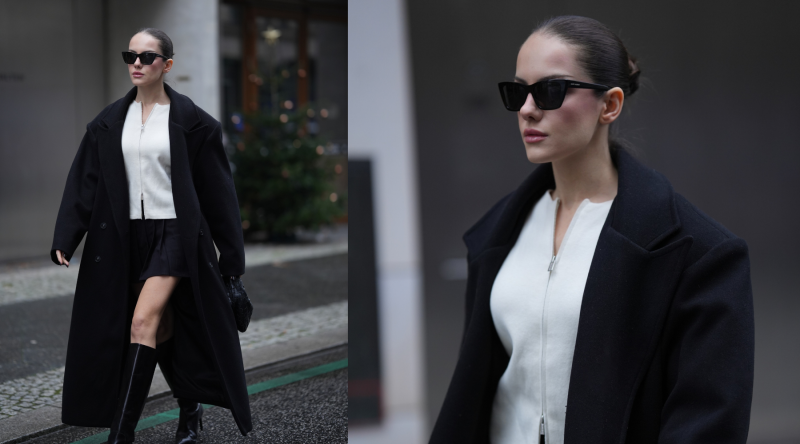
At first glance, the affordable price tags may make fast fashion seem like the better choice. However, when viewed through the lens of cost per wear, its shortcomings become clear. Factoring in longevity and quality, higher-quality garments often provide greater economic value over time, significantly reducing the need for frequent replacements.
Fast fashion also carries a significantly greater environmental impact compared to slow fashion. To help address this, the 30 Wears Challenge encourages wearing each item of clothing at least 30 times, a practice that can reduce CO2 emissions and waste.
What Is A ‘Good’ Cost Per Wear?
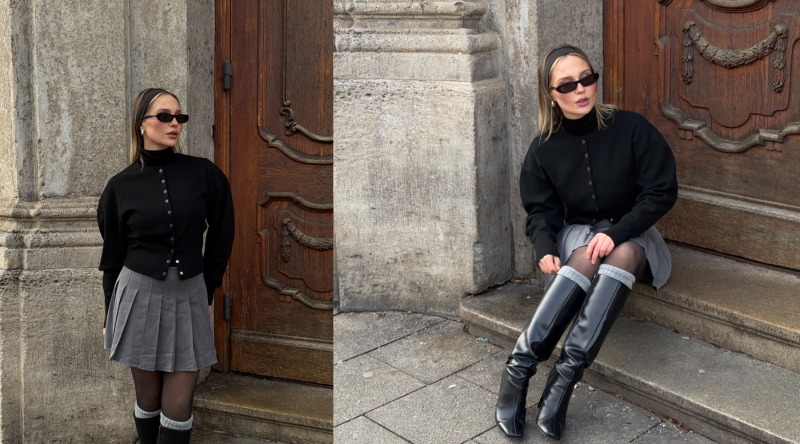
There is no definitive answer to what constitutes a “good” or “bad” cost per wear figure, as it can vary widely. Instead, the focus should be on choosing clothing with strong longevity, which naturally leads to a higher number of wears and, in turn, a lower cost per wear over time.
How To Identify High-Quality Clothing

The next step in embracing slow fashion is learning to identify garments that are high-quality, durable, and timeless – pieces you’ll reach for time and time again. Here are some steps to help you identify high-quality items during your next shopping trip:
- Inspect the stitching: Does it appear secure with no signs of fraying?
- Assess the fabric: Does it feel thin or sheer enough to see through it?
- Check for pilling: Is there any evidence of pilling or bobbling on the fabric?

Additionally, consider how much use your item will get by asking yourself the following questions:
- Does the quality suggest it can withstand multiple washes and wears?
- How well does this piece complement my existing wardrobe?
- Is the item versatile enough for various occasions or outfits?
- Most importantly, is it comfortable to wear?
